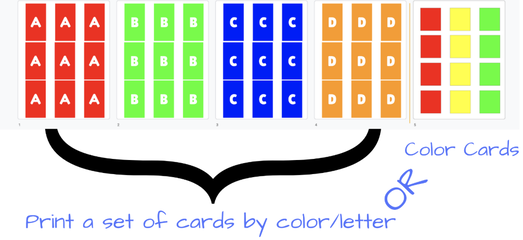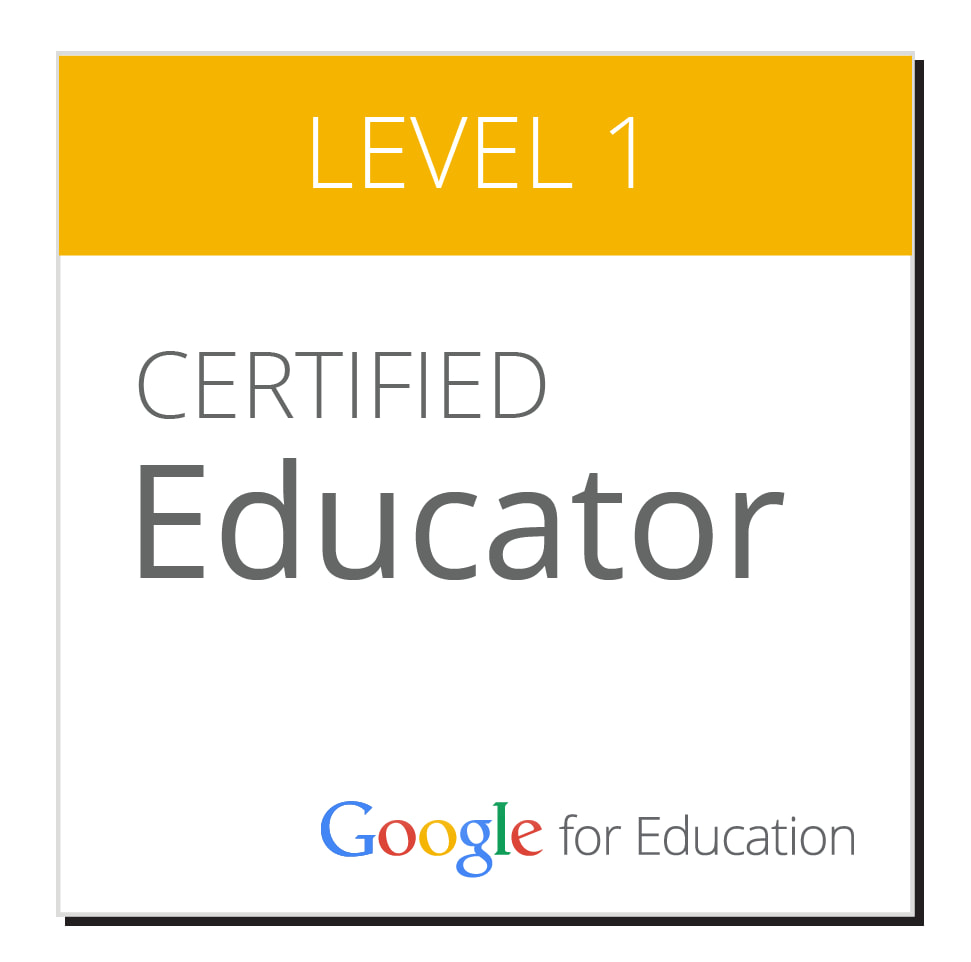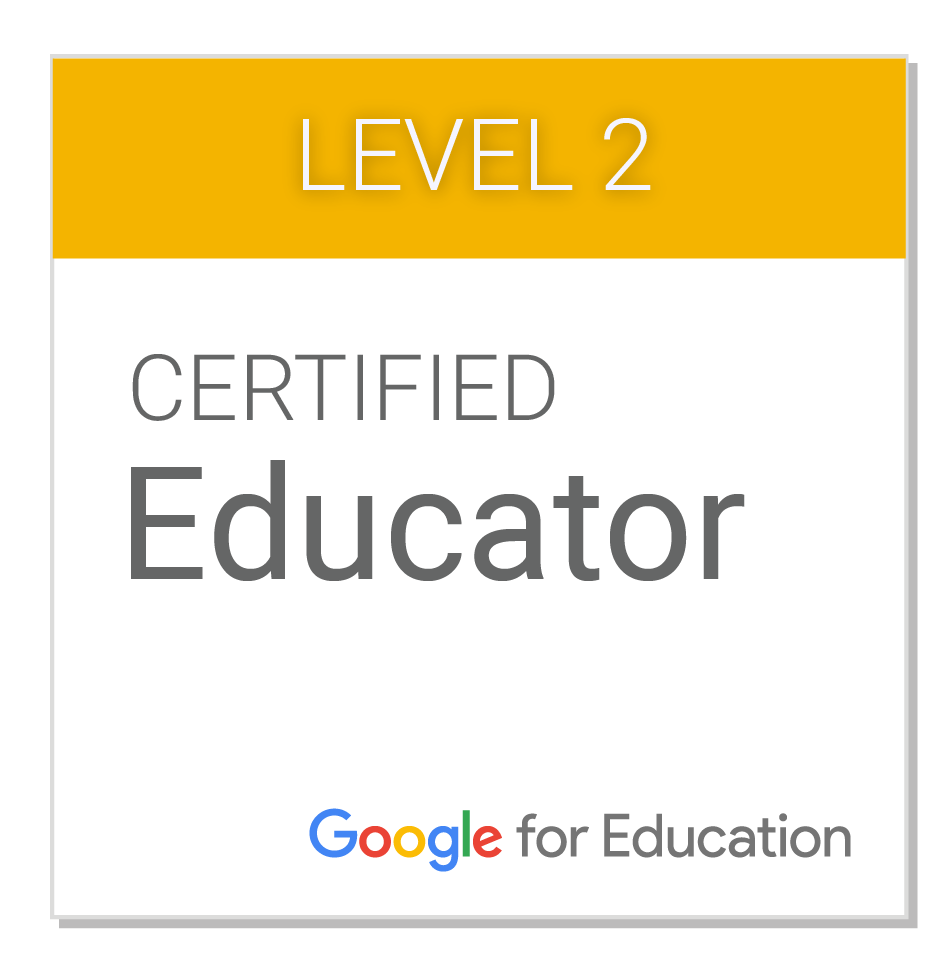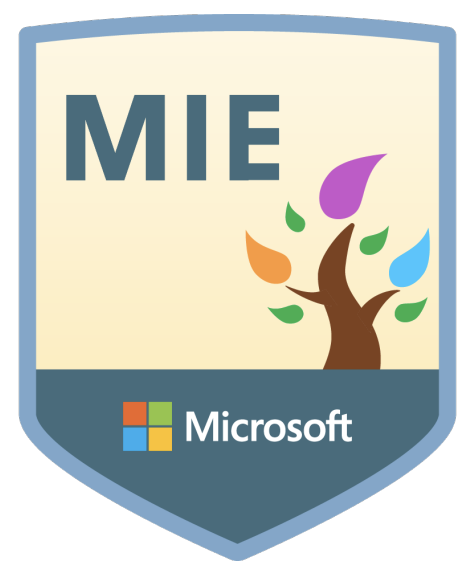Effective teachers stop to check for understanding by asking a lot of questions that require responses, have students summarize what the understand, or have students agree or disagree with other student responses. Through participating in these checks for understanding students have a chance to elaborate on the material and augment connections to other learning in their long term memory or signal to the teacher that parts of the material need to be retaught.

Checking for understanding permeates the teaching world. If you doubt that, consider the last lecture you heard. Whether the lecture was about chemical reactions, the great American novel, or the causes of World War II, the person speaking most likely checked for your understanding several times during the lecture by using such common prompts as "Any questions?", "Did you all get that?", "Everybody understand?", or "Does that make sense?" Rather than respond to these questions, most learners will sit quietly, and the lecturer doesn't know whether they understand, they are too confused to answer, they think they get it (but are off base), or they are too embarrassed to show their lack of understanding in front of others. Such general questions are simply not sufficient in determining whether or not students "get it."
Here are three simple strategies that are easy to use to check for understanding:
Plickers is a blended tool that allows teachers to use technology while eliminating the need for students to have a device in hand. Students just need to rotate a card to show their answer. Teachers use the Plicker's App to scan and to project answers. Questions can be loaded previously or posed in the moment. It is simple to use, simple to set up, and only requires one electronic smart device which reduces risk of failure or technical difficulties. All students have to do is pull out their Plicker Card and they are ready for the questions. You can download a set of cards here.
@BurnsideMath shared the idea of having students glue their Plicker Card on the back of their interactive notebook. When she wants to ask a quick question, students just pick up their notebook to answer. This eliminates the need to have any device out to respond.
These are just three of a countless number of strategies that can be used in classrooms. If you are looking for additional strategies, check out these resources:
- Checking for Understanding: Formative Assessment Techniques in Your Classroom by Fisher and Frey.
- 56 Examples of Formative Assessment ( A crowd sourced slide deck by David Wess.)
Do you have some "go to" strategies that you like to use to check for understanding? I would love to hear more ideas of which strategies you have found to be effective.











 RSS Feed
RSS Feed
